I have a function that creates a new node and places it in its correct place in a list linked by pointers. However I ran a test and printed the address of each node when I create it and noticed it is the same. I am not calling delete and I am using new so I was wondering where my memory is being deleted. I am calling new on "Node". This code is in the method of a class that is not the Node class, but is in the same .h file.
calling new:
memory locations:

